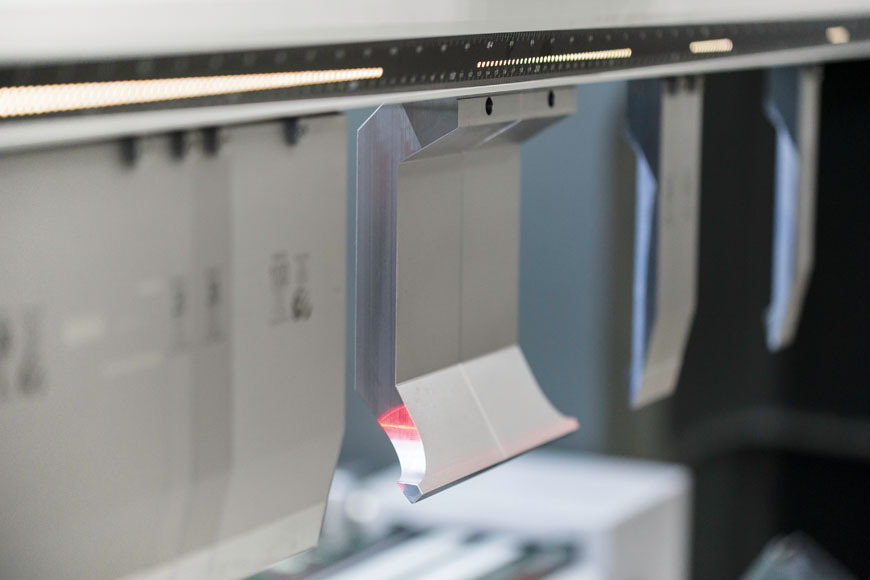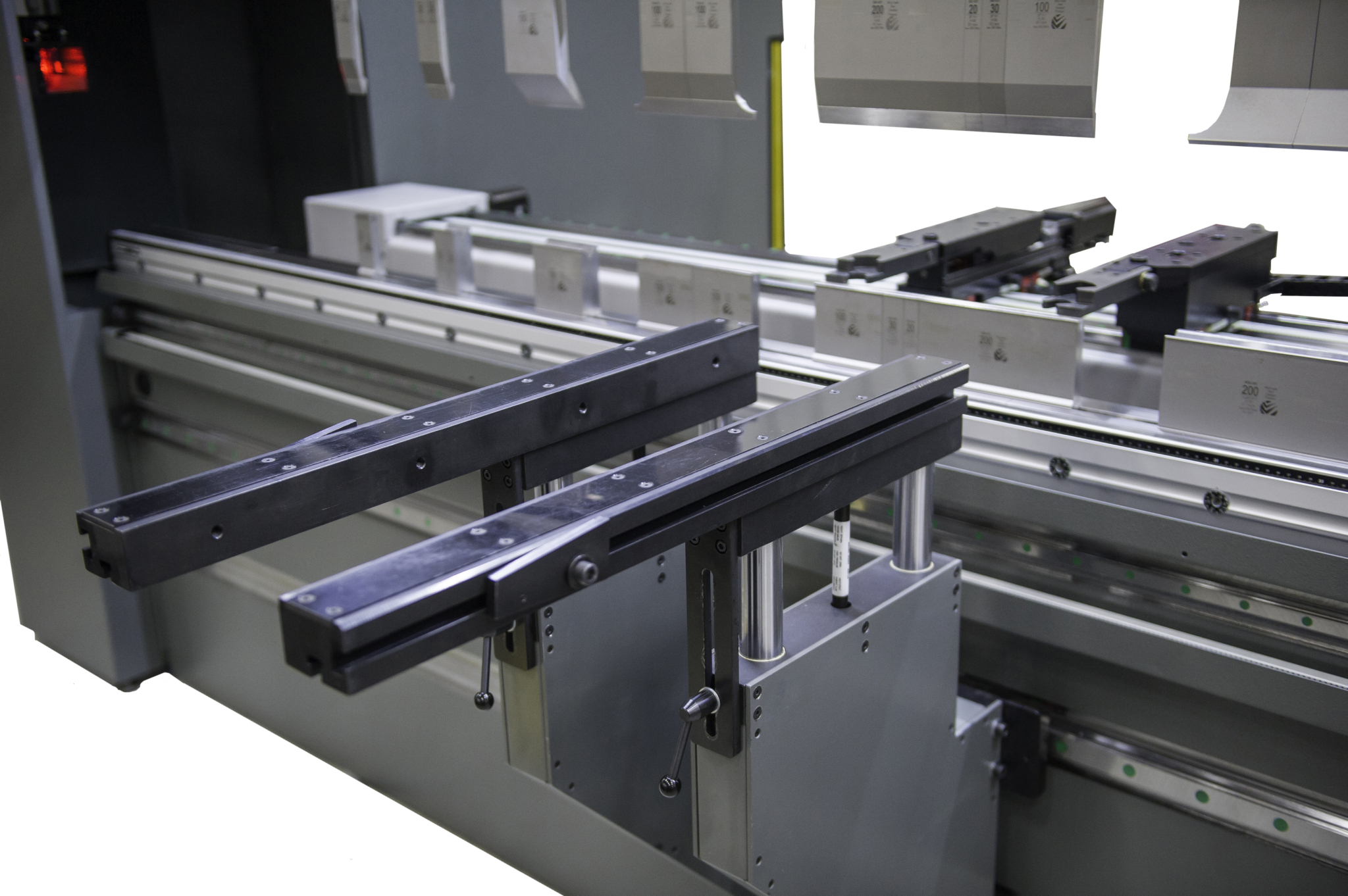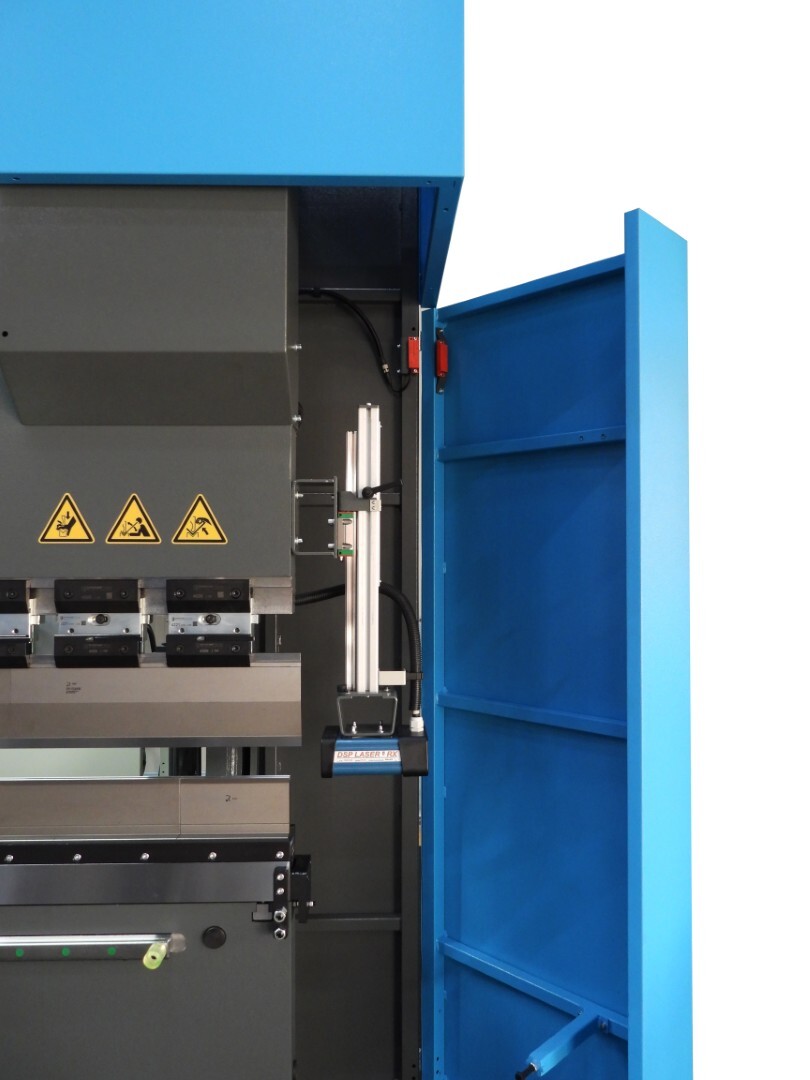
At HACO, we know that keeping your press brakes in good working order is essential for your business.
Regular maintenance not only prevents unexpected breakdowns but also enhances the performance of your machine, ensuring high-quality results in your metal fabrication projects.
We are committed to providing high-quality service and ensuring your satisfaction.

Many machine failures can be traced back to neglected maintenance, which is easy to overlook given the reliability of HACO machines.
This guide provides essential maintenance tips for your press brakes, including hydraulic, mechanical, and electrical systems. By following these recommendations, you can enhance the efficiency, and longevity of your machinery, minimizing downtime related to hydraulic leaks, electrical malfunctions, and mechanical wear.

Suggested Schedule
Daily Maintenance
- Cleaning:
- Remove dust and debris from the machine to prevent contamination.
- Ensure the area around the press brake is tidy to avoid accidents.
- Inspection:
- Conduct a visual inspection of the press brake, focusing on moving parts, hydraulic hoses, and electrical connections for any signs of wear.
- Check for any unusual noises during operation that may indicate potential issues.
- Safety Checks:
- Ensure all safety guards are in place and functional.
- Test emergency stop buttons and sensors for proper operation.

Weekly Maintenance
- Visual Inspection:
- Conduct a thorough visual inspection of the machine, looking for any signs of wear, damage, or unusual noises during operation.
- Pay special attention to belts and hoses, checking for cracks, fraying, or other signs of deterioration that could lead to future issues.
- Operational Checks:
- Test the machine’s functions, including the bending strokes and back gauge movements, to ensure everything operates smoothly.
- Verify that the machine responds correctly to control inputs and that all movements are fluid and without hesitation.
- Hydraulic System Inspection:
- Check for any leaks in hydraulic lines, ensuring that all connections are secure and free from signs of wear.
- Inspect hydraulic fluid levels, topping off as necessary to maintain optimal performance.
- Examine hydraulic filters for clogs or contamination, replacing them if they do not meet cleanliness standards.
- Lubrication Check:
- Review lubrication levels in all moving parts, ensuring that they are adequately lubricated according to the machine’s specifications.
- Apply lubricant to any areas that may require additional attention, focusing on high-friction components.

Monthly Maintenance
- Comprehensive Cleaning:
- Remove all accumulated dust and debris from the machine's exterior and interior components.
- Pay special attention to areas around the hydraulic cylinders, electrical panels, and moving parts.
- Use appropriate cleaning agents that do not damage machine surfaces.
- Calibration:
- Check the accuracy of the machine settings and recalibrate if necessary to ensure precision in operations.
- Verify the accuracy of the bending angles and back gauge settings
- Major Inspections:
- Inspect all mechanical components, including gears, bearings, and linkages, for signs of wear or damage.
- Tighten any loose bolts, nuts, or fittings to prevent mechanical failures during operation.
- Check the condition of the hydraulic seals and replace any that show signs of wear or leakage.
- Electrical System Check:
- Conduct a thorough inspection of all electrical components, including relays, contactors, and circuit boards, for signs of wear or damage.
- Test all safety and emergency stop functions to ensure they are operational.

Annual Maintenance
- Deep Cleaning: Engage in a thorough cleaning of all components, focusing on intricate areas that may not receive regular attention.
- Professional Service Check: Schedule a professional servicing of your press brake, including hydraulic system checks, mechanical inspections, and software updates.
- Documentation of System Inspections: Conduct a systematic inspection of all systems, ensuring every part is functioning as intended.
- Review Operational Procedures: Re-evaluate operational guidelines and safety procedures to ensure all operators are up to date with best practices and safety measures.

Ask Your Local HACO
At HACO, we pride ourselves on providing personalized support with a strong understanding of the local market. Each machine is unique, and we’re prepared to give you the tailored guidance you need.
If you have any questions or need extra help with your hydraulic shear maintenance, please don’t hesitate to reach out. Our experienced team is ready to assist you and keep your equipment running smoothly.
If you’d like to explore our products or services further or have specific maintenance questions, please contact us today!


